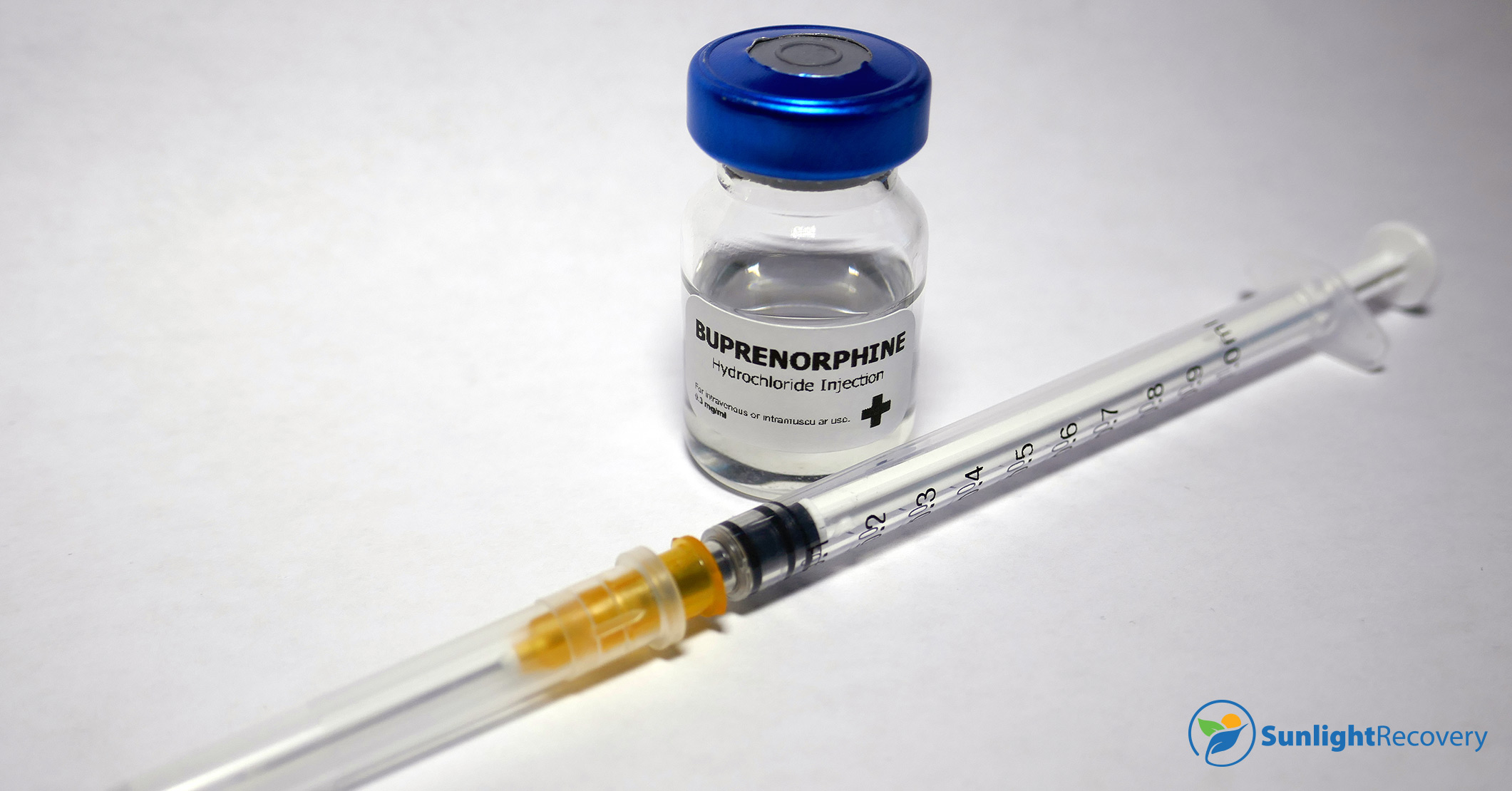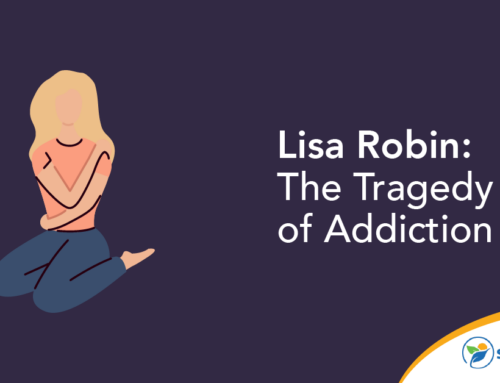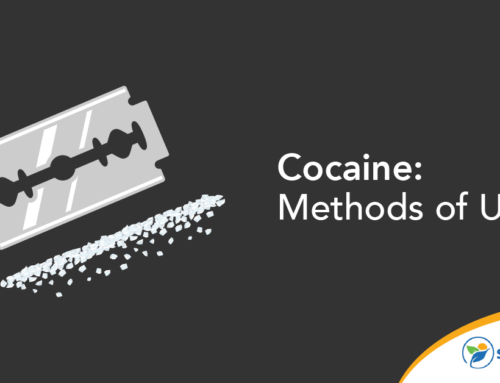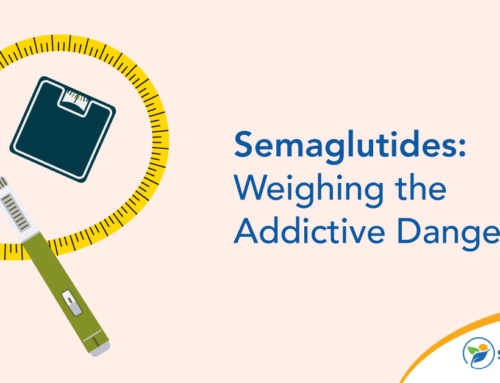In the United States alone, 3 million people struggle with opioid use disorder. Fortunately, treatment is available to help them break free of the cycle of addiction. Medication-assisted treatment (MAT) with buprenorphine (Suboxone) can play an important role in a treatment plan. However, some people hesitate to pursue it due to worries over the side effects of Suboxone and buprenorphine. However, the most common Suboxone side effects are generally mild and can be managed.
Buprenorphine (Suboxone) Overview
Buprenorphine is a prescription medication used for the treatment of chronic pain and opioid addiction. It’s available as an injection and as a patch worn on the skin. The injections are also available under the brand name Buprenex and the patches under the brand name Butrans.
The medication works to treat addiction by stimulating the same receptors in the brain as opioids, but to a lesser extent over a longer period of time. As a result, it can ease the physical withdrawal symptoms associated with opioids without causing a high as the drugs do.
Typically, treatment with buprenorphine patches or injections requires visits to a health care provider to receive each dose. Buprenorphine combined with another drug, naloxone, is available as a dissolvable film that’s placed under the tongue. The naloxone helps discourage misuse of the medication, allowing the sublingual film to be prescribed for use at home. It’s available under the brand names Suboxone and Bunavail.
How long people take buprenorphine for MAT for opioid addiction varies. Some may be ready to discontinue use within a few months, while others may need the medication prescribed for several years. Generally, the shortest treatment period is 8 weeks.
Common Buprenorphine and Suboxone Side Effects
The most common side effects of Suboxone and stand-alone buprenorphine are similar. They include:
- Constipation
- Dizziness
- Drowsiness
- Dry mouth
- Headaches
- Nausea
- Vomiting
Some buprenorphine side effects are specific to the form of the medication used, such as:
- Mouth tingling, numbness and pain from sublingual buprenorphine and naloxone film
- Pain at the site of buprenorphine injections
- Skin irritation in the area where buprenorphine patches are applied
Less Common or Serious Side Effects of Suboxone and Buprenorphine
While not as common as the side effects of buprenorphine outlined above, some severe adverse reactions are possible with the injections, patches and sublingual film. These include:
- Adrenal gland dysfunction
- Central nervous system depression
- Liver problems
- Low blood pressure
- Severe allergic reactions
MAT with buprenorphine may also cause health complications in people with the following medical conditions:
- Adrenal gland dysfunction
- Asthma
- Brain tumor
- Gallbladder disease
- Heart problems
- Liver disease
- Lung disease
- Pancreatic disease
- Previous head injury
- Seizure disorders
Managing Side Effects
The most common side effects of Suboxone film and buprenorphine injections and patches often resolve on their own as the body adjusts to the medication. In the meantime, you can follow these tips to help manage potential side effects.
Use Your Medication as Prescribed
If you’re using Suboxone at home, follow the directions carefully and closely. For buprenorphine injections and patches, stick to your treatment schedule, keeping all your appointments with your health care provider.
Time Your Doses Accurately
With buprenorphine injections and patches, you’ll typically receive a weekly dose. When possible, time your appointment so you have at least 1 day off to rest afterward. Similarly, consider starting Suboxone treatment when you have time off from work or school in case you experience side effects.
Ask for Help When You Need It
If the side effects of Suboxone or buprenorphine make it difficult for you to complete tasks, don’t be afraid to ask trusted loved ones for assistance. Even something as simple as having a friend pick up your groceries or help you complete household chores can make a difference.
Follow Your Treatment Plan
Typically, MAT is just one part of an overall treatment plan for opioid addiction. While medications can relieve the physical effects of withdrawal and curb cravings, they can’t address the emotional and mental elements of addiction.
Your health care provider is likely to recommend you also receive counseling and/or attend support groups during recovery. Following this advice is essential for successful addiction treatment.
Talk to Your Health Care Provider About Remedies
Over-the-counter and prescription medications may help ease buprenorphine and Suboxone side effects such as constipation and nausea. Report side effects that cause you discomfort or interfere with your daily life so your health care provider can advise you about available remedies.
When to Seek Medical Help
Although serious impacts are uncommon with these medications, it’s important to know if you’re experiencing one. The following are signs of severe Suboxone or buprenorphine side effects to watch for:
- Blurred vision
- Confusion
- Dark urine
- Fainting
- Light-colored stools
- Pain centered in the upper-right belly
- Severe drowsiness
- Severe weakness or fatigue
- Shortness of breath
- Swelling of the face, lips or tongue
- Yellowing of the eyes or skin
If you experience any of the above symptoms, let your health care provider know as soon as possible.
Communicating With Health Care Providers
While there are risks for side effects associated with buprenorphine and Suboxone, the benefits of MAT outweigh them for many people. In fact, research analysis has shown people treated with buprenorphine were 1.82 times more likely to remain in treatment for opioid addiction than those who received a placebo.
To decide if buprenorphine is right for you, start a conversation with your health care provider. They can help you assess your individual risk factors for side effects and discuss the potential benefits of MAT.
After you begin treatment with buprenorphine or Suboxone, keep communicating with your health care provider. Being open about your experiences can help your medical provider make changes to your treatment plan as needed to ensure your success.
Start Your Recovery Journey
With the right treatment plan, it’s possible to get on the path to recovery from opioid addiction. Our team at Sunlight Recovery can help you explore treatment options, such as medical detox, individual therapy, group therapy and MAT, and create a plan tailored to your specific needs. Contact us today and take the first step on your recovery journey.







